Photo Journal: The River of Grass in Florida’s Everglades – Farlin Black
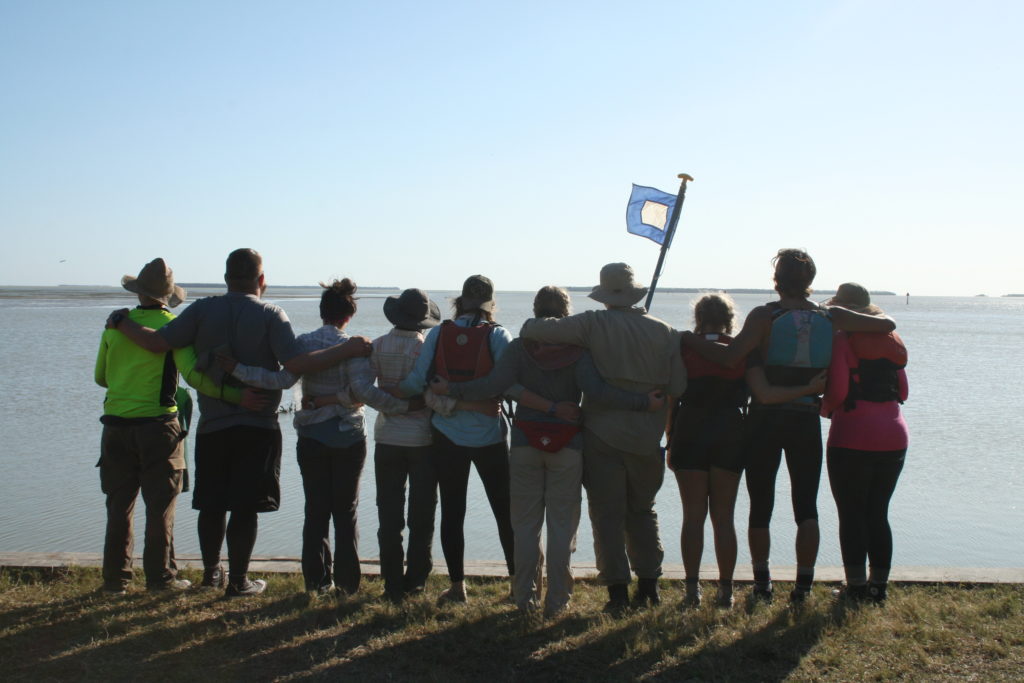
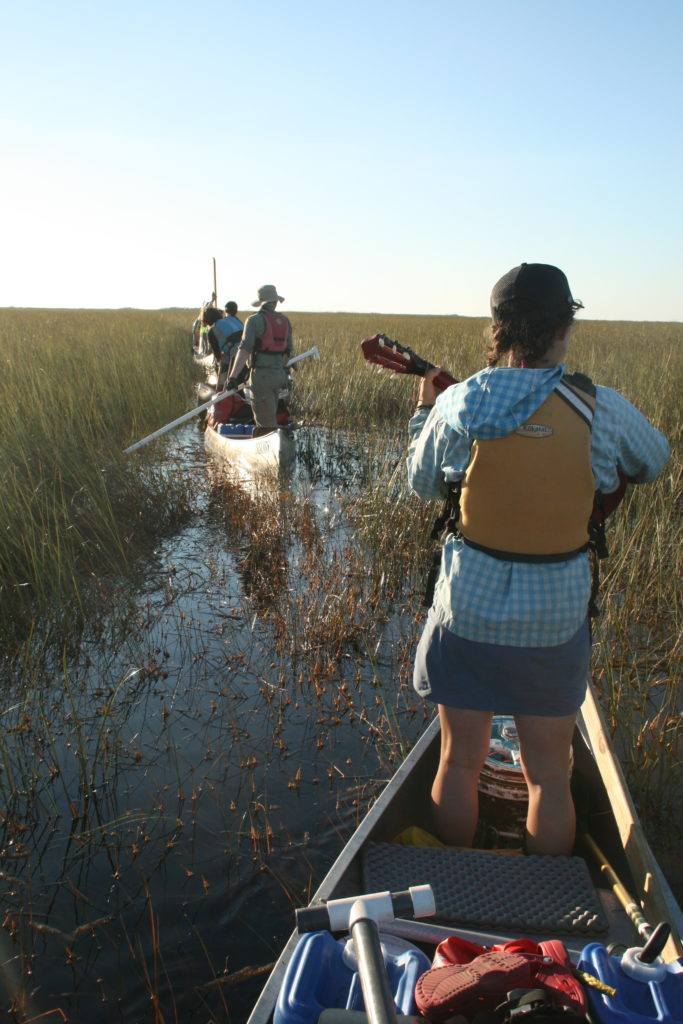
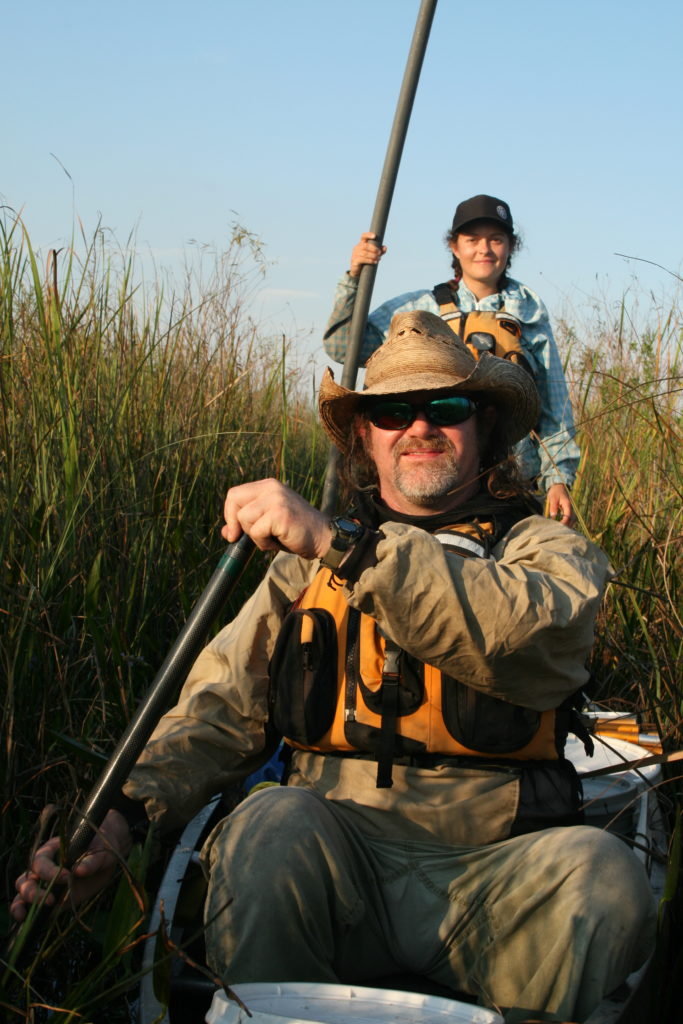
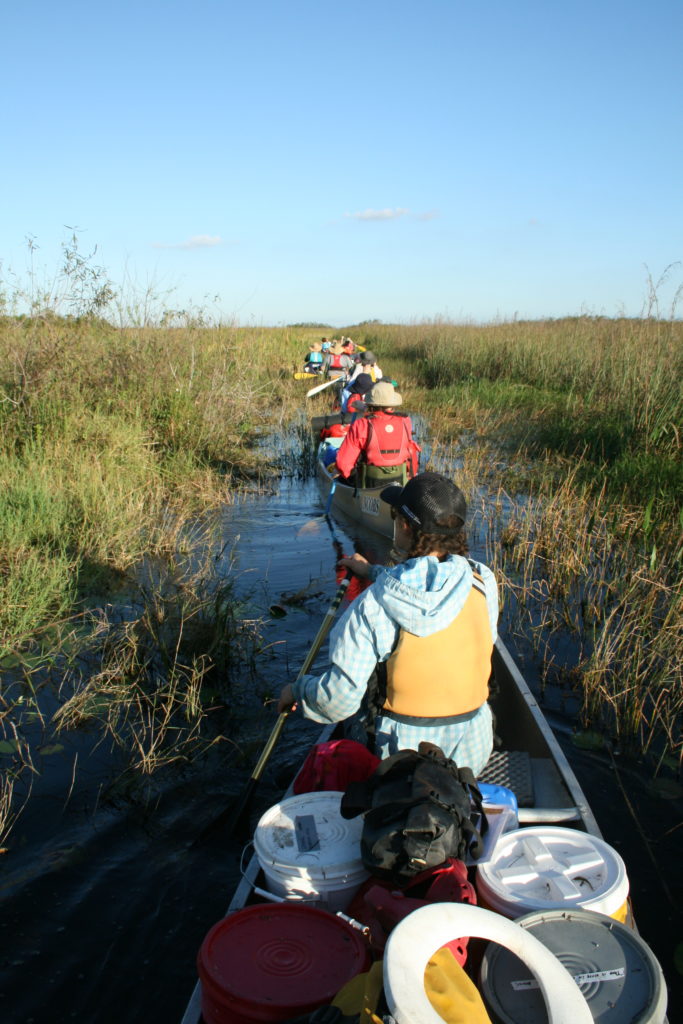


A New Fleet of Wilderness Systems Kayaks
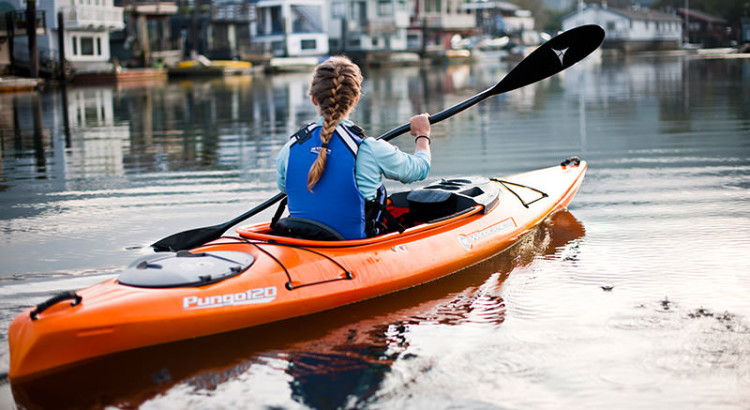
The 2017 summer season found us in the fortunate place of turning over our aging Old Town kayak fleet and replacing it with Wilderness Systems Pungo 12′ recreation kayaks, as well as two 14′ versions for instructors. These new kayaks are a big step up, both in terms of design and performance. The Pungos are faster and more stable, and also more maneuverable. The hatch cover seals and enclosures are much more user friendly. The Pungos offer three different areas of seat adjustability which also makes for a notable upgrade in comfort. On top of it all, these are significantly lighter vessels for loading, unloading, and transporting which all add up for our instructors over the summer season. Overall, AIAO staff and participants have been very happy with this upgrade to Pungo kayaks.
Five (More) Dangerous Things You Should Let Your Children Do
In another inspiring TED talk, Gever Tulley continues his exploration of risk and safety as they relate to children.
Does the media fuel an illusion that our children are in danger? How does reality compare to our fears? Tulley asks these questions and others.
And, the answers may surprise you. For example, regarding the fading concept of ‘stranger danger,’ did you know that kidnapping by a non-family-member doesn’t even make the top 5,000 dangers that children face?
Maybe walking to school isn’t such a bad idea, since it increases situational awareness, improves character judgment, and increases fitness (and thus memory and overall well being).
Then there are activities we can do with children with some actual risk involved, like playing with fire, whittling, driving a car, licking a battery, and more. According to Tulley, by exposing children to small risks we teach them about safety, and we equip them to challenge fear and address real risks in the world.
Or, as Tulley says, “The most effective way to keep children safe is to give them a little taste of danger.”
For more by Gever Tulley, check out his book 50 Dangerous Things, his website, and his talks on Ted.Org.
The Importance of Self-Care
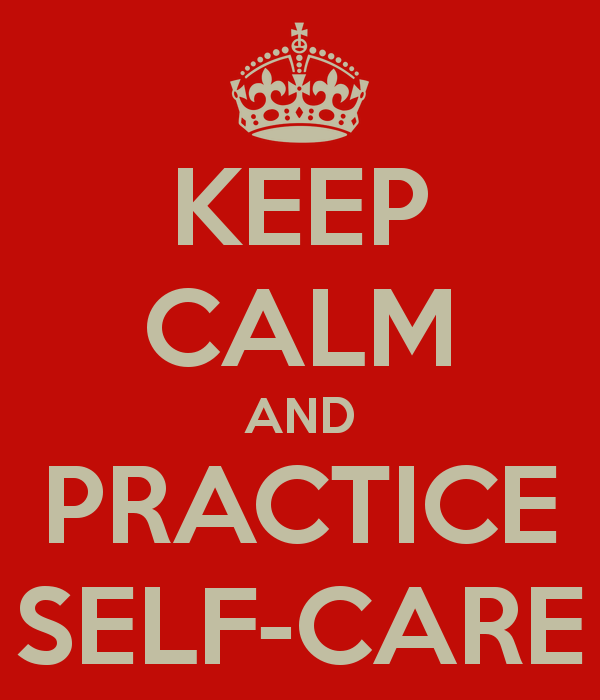
“Self-care is a touchy subject. That’s because our society largely views self-care as selfish, slothful and overly indulgent…Yet, it’s anything but. Taking good care of yourself not only makes your life more fulfilling and contributes to your well-being, but it also extends to others.” – Margarita Tartakovsky, M.S.
In a field that requires as much energy as outdoor education, the importance of self-care cannot be overstated. That said, it’s also important for everyone else: educators, students, parents, etc.
The concept reminds me of the oxygen masks on airplanes: we are charged with putting on our own so that we are then better able to help others. It’s the same in many other areas of our lives.
Self-Care Ideas:
Have a game nights with friends and family, go on a nature walk, meditate, take a yoga class, garden, journal, cook a delicious meal, listen to a favorite podcast, work on a craft/DIY project, get a massage, read a favorite book, go to the movies or a concert, tell bad jokes with a loved one.
The sky’s the limit! Whatever you find relaxing and rejuvenating can be employed in your self-care practice. For some deeper self-care suggestions, check out this article on PsychCentral.Com.
Suggested Reading: Massachusetts Wildlife Magazine

“Massachusetts Wildlife magazine is a quarterly publication packed with award-winning articles and photos on the environment, conservation, fishing, hunting, natural history and just about everything relating to the outdoors in Massachusetts.”
“Get all the inside information on wildlife and fisheries management, endangered species restoration programs, critical habitat protection and the outstanding people who are working to conserve our outdoor resources. If anyone in your family has an interest in the outdoors, this is the magazine they can’t do without!” – From the Fisheries and Wildlife Website
I’ve been thumbing through this magazine for decades (my family had a subscription all throughout my childhood, and I have one now), and it never disappoints. From the stunning photography which is often taken by Bay State residents to the insightful articles, you can’t go wrong with a subscription (my favorite recent edition is the guide to Massachusetts amphibians!).
It’s a steal for the price: one year will cost you $6, and two will cost $10. So, with the cost of conservation efforts steadily rising, and the the funds to cover them plateaued, a subscription Massachusetts Wildlife is literally a small price to pay for great information and supporting a great cause.
Check out their website today!
Suggested Reading: “Reading the Forested Landscape” by Tom Wessels
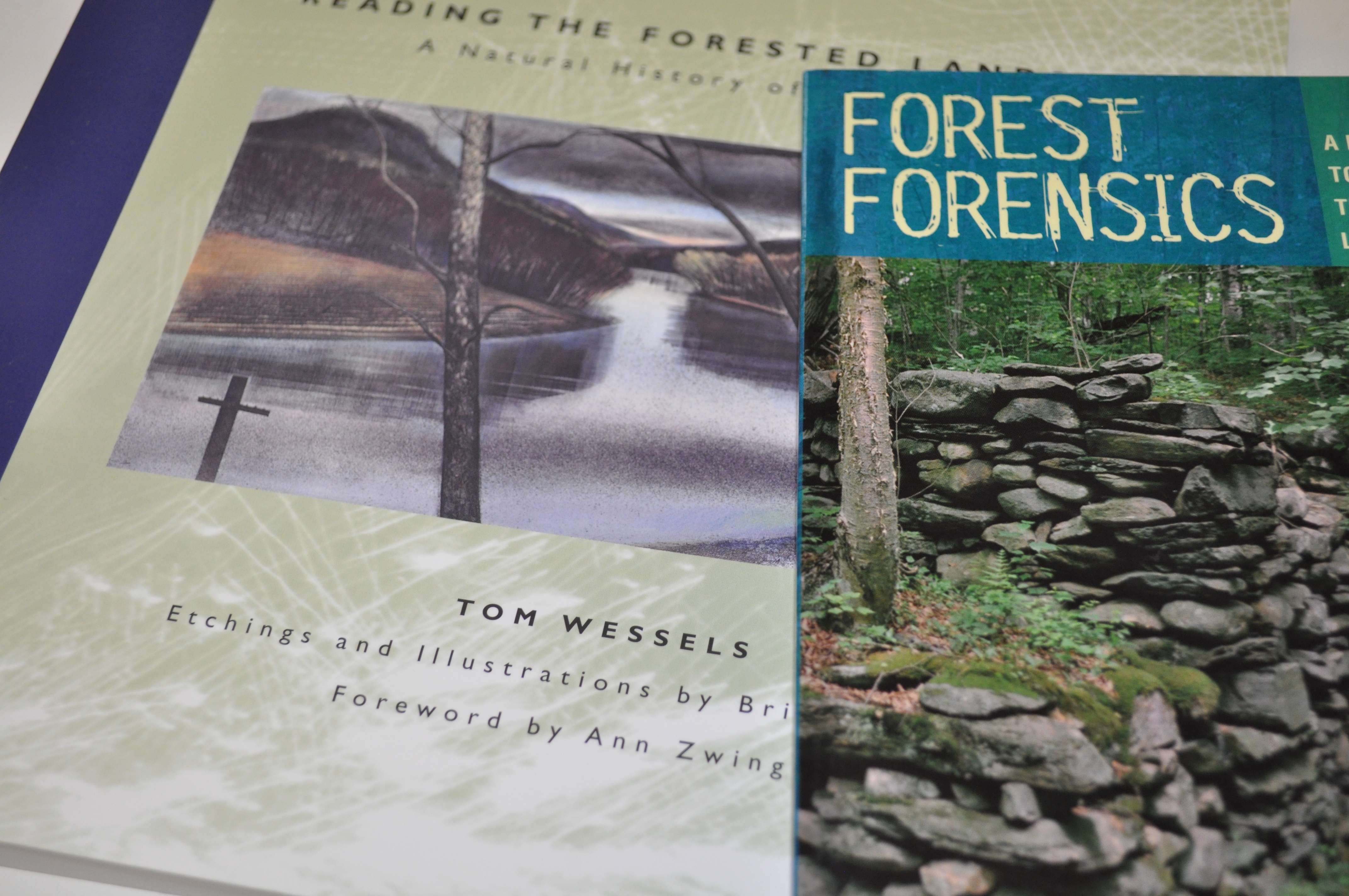
A couple of years ago while browsing in my local bookstore, Broadside Bookshop, I came across Reading the Forested Landscape by Antioch University New England faculty-member Tom Wessels. Intrigued by its concept, and always eager to add to my small library of natural history and ecology books, I picked up a copy.
What at first seemed liked just another nature-y book turned out to be so much more. Rather than take the more conventional and microcosmic approach of identifying a single tree, track, or species, Wessels seeks to understand the macrocosmic view of landscapes and ecosystems as a whole, and also through time.
Put another way, Tom Wessels tracks landscapes.
This book is a must have for any nature enthusiast, tracker, hiker or backpacker, birder, hunter, forester, etc. If you pick up a copy, it will almost certainly change the way you look at the woods and world around you forever.
And, if you’re interested in an introduction to tracking, or in honing your skills, check out our program The First Science: The Art of Animal Track and Sign.
What the Robin Knows
Our woods are waking up from their winter sleep, and birds are moving about in greater numbers, and even returning from warmer latitudes down south. As this happens, my ears are filled with the songs and conversations of these keenly observant creatures: what can I learn from them?
In this short video Jon Young introduces us to the concept of bird language, a form of auditory tracking and situational/landscape awareness.
A blue jay sounds an alarm several hundred yards away: the brush is thick, but now I know they’ve identified a threat.
Numerous birds are singing away: with no threats or territorial disputes to negotiate they let their guard down and chirp away. What sounds do you hear, and what are they telling you?
The Timber Doodle
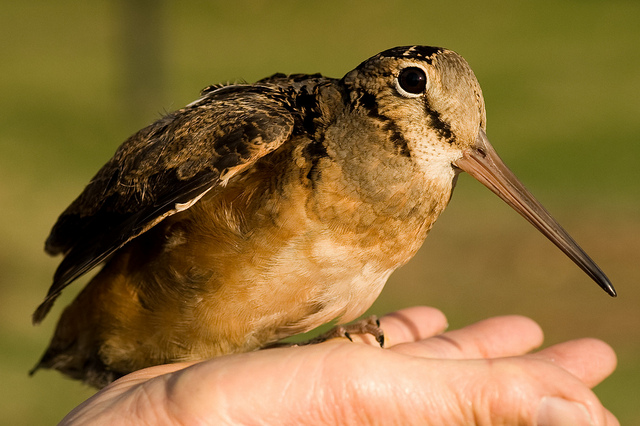
During today’s staff meeting, when James mentioned seeing a Timber Doodle, we all looked at him with looks of confused skepticism. “What the heck is a Timber Doodle?” I thought. A fan of playful jokes and pranks, we all thought that he must be putting us on. In fact, he wasn’t!
As it turns out, ‘Timber Doodle’ is just another name for the American Woodcock, the only woodcock to be found in North America. And, Timber Doodles are also signs of spring, for the male bird puts on a beautiful courtship “falling-leaf” flight display, signaling to us in the north that warmer weather is on its way.
Keep a watchful eye while in, or when passing by, open spaces and field for these small, stocky, beautifully patterned birds.
For more information, visit the Wildlife Management Institute‘s site, Timberdoodle.org And, visit our website for more information on Adventure In, Adventure Out’s tracking course, The First Science: The Art of Animal Track and Sign.
Richard Louv on Education and Nature Deficit Disorder
In this clip from Mother Nature’s Child, journalist and author Richard Louv discusses the negative effects of modern education and its impact on both students and teachers. Referencing the numerous recent studies on children and exposure to nature, Louv jokes that “if you want your kids to get into Harvard, tell them to go outside.” He also asserts that “when we take nature away from people, we take away their ability to be full human beings.”
Today’s lesson, no matter your age: Go outside and play!
Outdoor Learning: Education’s Next Revolution?

In this article, psychology researchers from Notre Dame point out, “The right brain, which governs much of our self-regulation, creativity and empathy grows through full-body experience.” This is the part of our brain that helps us manage our emotions and delay gratification. Check out how time in an outdoor environment, as well as unstructured time can not only help develop creativity and imagination, but also compassion, ability to navigate emotions and personal resilience. What a difference these skills make for youth as they face the demands of the 21st Century.
 Adventure In Adventure Out
Adventure In Adventure Out